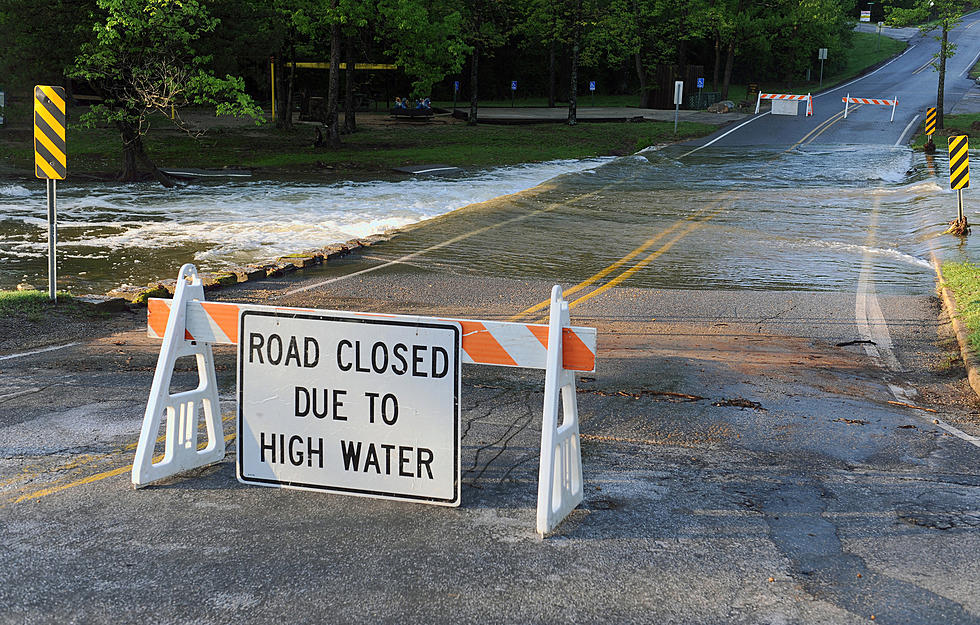
Torrential Rain In Oneonta, NY Sets Crazy Rain Record On July 11
If you're having flashbacks of flooding from the year 2006 in Central New York, you're not alone. The amount of rain that has been falling is certainly taking me back to a summer I'd rather forget, considering my basement was turned into a very gross swimming pool that year. Needless to say with all the rain we are continuing to get, my husband and I are keeping a very watchful eye on our basement and no doubt, many are.
If you're thinking that the amount of rain we've been getting is an exceptional amount, you are right! I checked in Sunday and yesterday with Oneonta's National Weather Service observer, David Mattice. He's been documenting Oneonta's weather since 1983, after becoming specially trained by a National Weather Service (NWS) meteorologist to report severe weather in all seasons. This volunteer position is very important to the NWS as the organization relies on the information provided by weather observers. Mattice's job is to document and describe to the NWS, severe local storms of any kind. He also has information on weather records that have been set for Oneonta since records were first begun back in 1854.
Speaking of records, you may not be surprised that after Sunday's incredible downpour, much of the day, Oneonta did indeed set a record for rainfall on July 11, which was set back in 1907 with 1.75 inches of rain that day. Sunday, the amount of rain that fell almost doubled that amount at 3.37 inches! Insane, right? Well, how's this for crazy rainfall...so far this month, Mattice says that Oneonta has already received (as of last evening, July 12) 7.37 inches of rain. The typical amount of rain for July is only 3.93 inches. Mattice says the concern with this amount of rain since it's only July 13, is that considering the weather report for our area and the prediction of more rain, our region is under threat of flash flooding.

Residents are advised to be alert and keep an eye on local bodies of water that continue to rise. Remember that according to the NWS, all it takes for a vehicle to be swept away in water is four inches of ponding water. Mattice says, Dave it’s "Not a time to be scared but be prepared".
Get the latest weather information for our area from the National Weather Service in Binghamton by clicking here.
KEEP READING: Get answers to 51 of the most frequently asked weather questions...
TIPS: Here's how you can prepare for power outages
LOOK: The most expensive weather and climate disasters in recent decades
More From WDOS-WDLA-WCHN CNY News





